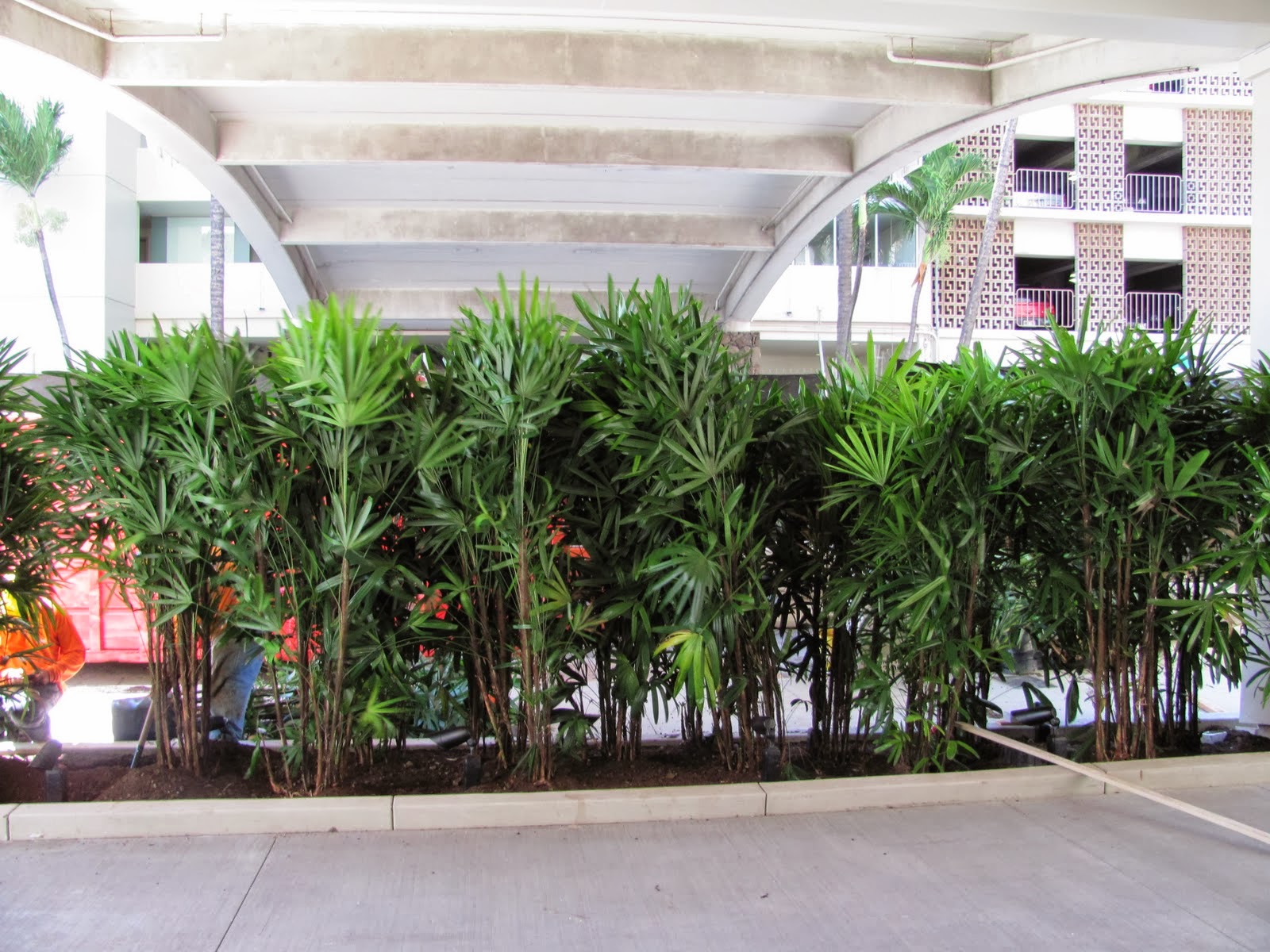Botanical Name: Trachycarpus fortunei
Common Name: Windmill palm Chinese Windmill palm
Family: Aracaceae ( Palmae )
Type: Broad leaved evergreen palm tree
Origin/Habitat: Central China Myanmar & Northern India
Leaf Character: Long petiole bare except for two rows of small spines, terminating in a rounded fan of numerous
leaflets; each leaf is 140–190 cm long, with the petiole 60– 100 cm long, and the leaflets up to 90 cm long
Flower Type: The flowers are yellow (male) and greenish
(female), about 2–4 mm across, borne in large branched panicles up to 1 m long in spring it is dioecious, with male and female flowers produced on separate trees.
Fruit:The fruit is a yellow to blue-black, reniform (kidney-shaped) drupe 10–12 mm long, ripening in mid autumn.
Bark: The trunk is very rough with the persistent leaf bases clasping the stem as layers of coarse fibrous material.
Exposure: Full Sun to light Shade
Water: Regular water
Remarks: Grows to 12–20 m (39–66 ft) tall on a single stem up to 15–30 cm diameter. Fibers are collected from the leaf bases and made into coats and other items (brooms, brushes, doormats); wax is collected from the fruits; and a hemostatic drug is extracted from the seeds. This species is widely cultivated as an ornamental, especially in cooler climates. Windmill Palm works well as a framing tree, accent, specimen, patio or urn subject. It is ideal for use as an accent in a shady shrub border or by a front entryway. It does well in confined areas and is hardy to 10-degrees F. or lower.
Management: Windmill Palm should be grown in shade or partial shade on fertile soil to look its best, but it is also tolerant of full sun on well-drained soils when given ample moisture in the northern part of its range. Plants should be watered faithfully. Protection from harsh winds will minimize leaf tearing, but plants can be used successfully close to the shore, being quite tolerant of salt and wind. There are fine examples of mass plantings where palms are spaced six to 10 feet apart around a patio or sitting area. They have also been used very successfully lining an entry walk to a large building. This adds a formal elegance to any structure, especially one with a glass facade.
Propagation: By seed.
Pests: Scales and palm aphids
Diseases: Root rot, moderately susceptible to lethal yellowing disease, and leaf spots.






+(Small).JPG)














.jpg)



















.JPG)
.JPG)






015.jpg)
034.jpg)


.jpg)



